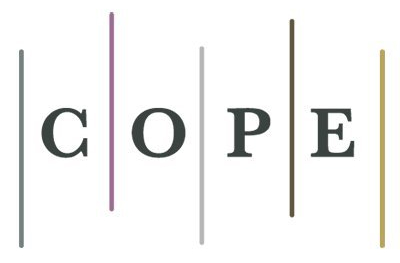What “Male” is this?: “Abnormalization” of Subjectivities in Bregafunk Music Videos
Keywords:
Bregafunk music, Music videos, Alpha male, Abnormalization, Foucauldian Discourse AnalysisAbstract
The entertainment industry is featured by discursive productions of ideological nature. Accordingly, different music genres work as identity vectors; thus, it is possible perceiving the representation of male individuals as the dominant gender in some of them. Bregafunk music stands out among these genres, since its music videos highlight straight and virile men, by showing women, LGBTQIAPN+ individuals and fat bodies in a stigmatized way. Based on the Foucauldian theory, the current study addresses the subjectivity “abnormalization” process carried out by another socially dominant subjectivity as way to defend and maintain its position. In order to do so, the current research presents the following investigative question: how do bregafunk music video productions represent alterities to male subjectivity? In total, 777 bregafunk music videos posted on YouTube between September 2012 and September 2020 were herein investigated, based on the foucauldian discourse analysis, in order to answer this question. Results have evidenced the dominant discourse of “male bregafunk music artists”, which is anchored in a strategy focused on perpetuating stereotypes and chauvinism. Thus, it was possible concluding that this subjectivity is a variation of the alpha male, who resorts to his cultural repertoire and social context to consolidate himself as the dominant identity by subjugating other identities through a double move comprising self-affirmation and denial of others. In addition, it was possible inferring that targeting women, LGBTQIAPN+ and fat individuals may be a defense strategy to address the growing political space gained by these identities in recent decades.
Downloads
Downloads
Published
How to Cite
Issue
Section
License
This work is licensed under a Creative Commons Attribution 4.0 License.
The O&S adopts a Creative Commons Attributions License 4.0 in all published works, except where specifically indicated by copyright holders.





